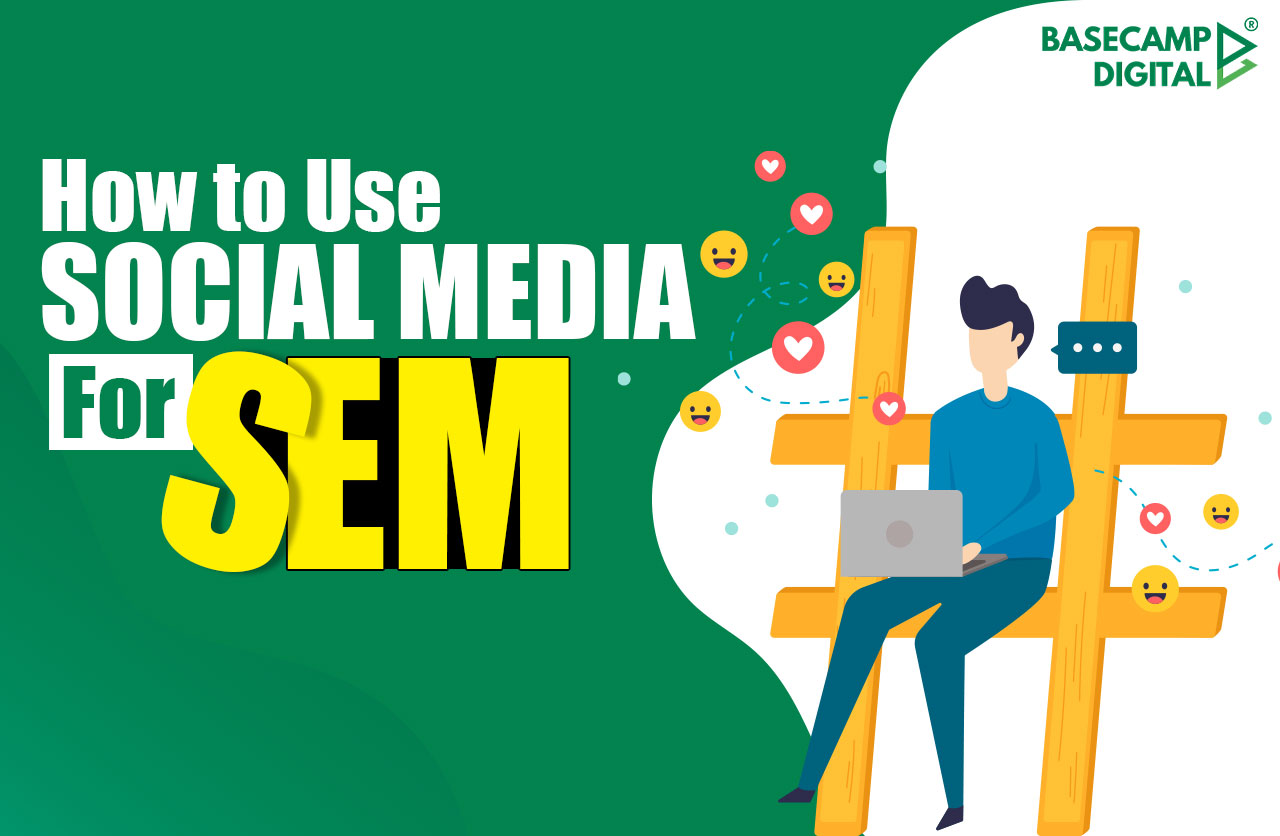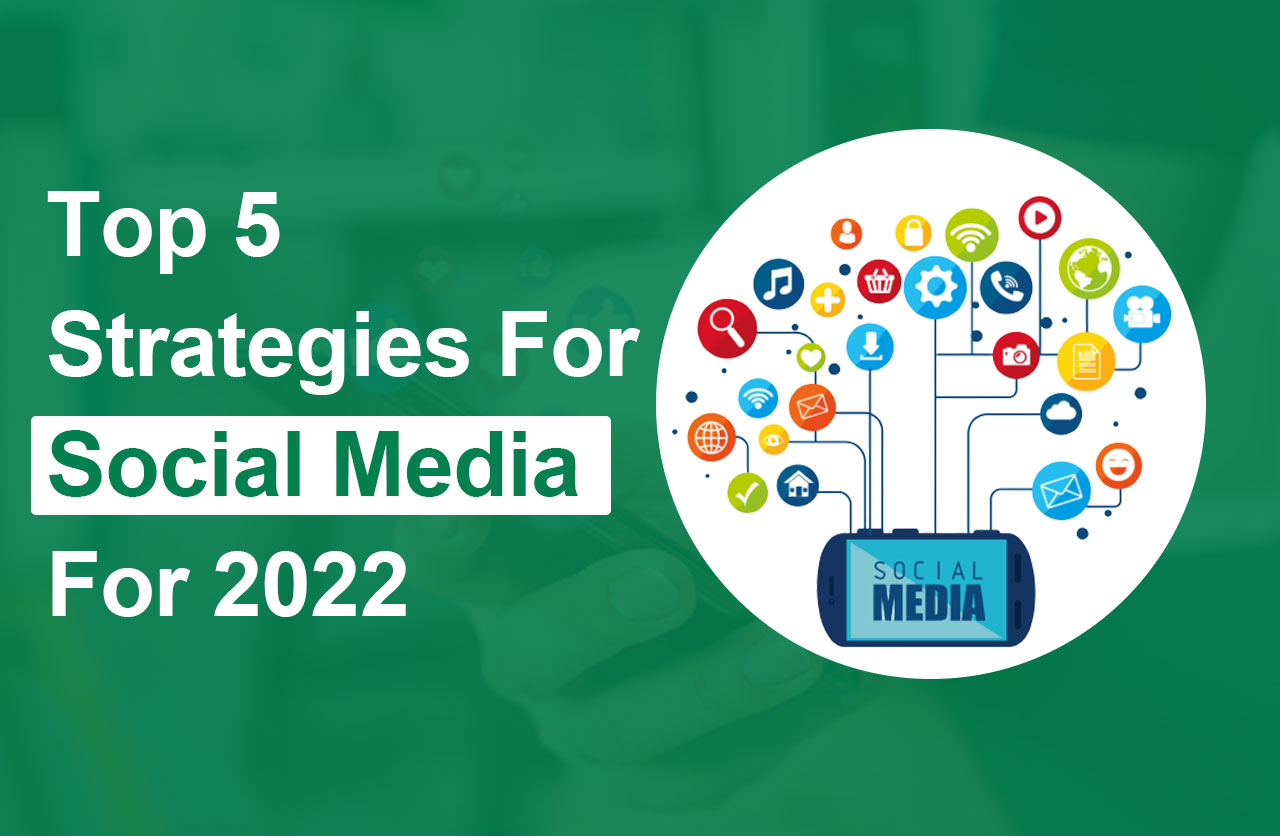Table of Content:
- Introduction
- Maximizing Your SEM Strategy with Social Media
- How To Get Started with SEM
- Benefits of using social media for SEM
- Achieving Success with SEM: Tips and Tricks
- Best practices for Search Engine Marketing (SEM)
- Using SEM for Small and Service Businesses
- Conclusion
In order to remain in the competition as a business owner in today’s digital world, it’s critical to understand the importance of social media marketing (SMM) and search engine marketing (SEM). SMM means using social platforms to promote products or services, while SEM uses paid ads to increase website visibility on search engines. Both methods are powerful and combining them can lead to unprecedented success. This article explores the best ways how to use social media for SEM to enhance efforts, the benefits of integrating SMM into SEM strategy, and essential SEM tips for success. It also includes SEM best practices for businesses looking to make the most of these approaches.
Maximizing Your SEM Strategy with Social Media
Search engine marketing (SEM) is a way to promote your website or online business by paying to have your ads appear at the top of search engine results pages (SERPs). Social media marketing (SMM) makes use of social media platforms to promote your business or brand. Various platforms like Facebook, Instagram, Twitter, and LinkedIn offer businesses a vast pool of potential customers.
To channel the power for SEM, start by identifying your target audience on these platforms. By analyzing their interests, demographics, and behaviour, you can create tailored advertising campaigns to reach the right people at the right time. Utilize the active voice and engage your audience with relatable content, such as eye-catching visuals, engaging videos, and conversational copy. Don’t forget to include a strong call-to-action (CTA) to prompt your audience to take the desired action, whether it’s visiting your website or making a purchase.
How To Get Started with SEM
If you want to attract potential customers who search for specific keywords, SEM can help you. It places targeted ads on search engine results pages. To make your ads effective, do thorough keyword research first. Identify high-impact keywords that are relevant to your business. Then, create compelling ad copies using rhetorical questions that address your audience’s pain points. Make sure to include convincing CTAs that encourage them to click. It’s essential to monitor your ad performance regularly and optimize them to improve their effectiveness over time. Keep in mind that SEM is a continuous process of refinement and adaptation, not a one-time effort.
Benefits of using social media for SEM
There are many benefits of using social media for SEM, including:
- Increased brand awareness: Social media can help you increase brand awareness by getting your name and message in front of a wider audience
- Increased traffic to your website: When people see your social media posts, they may click through to your website to learn more about your business
- Improved search engine rankings: When you share high-quality content on social media, it can help improve your search engine rankings. This is because search engines take into account social media signals when ranking websites
- Increased lead generation: Social media can be a great way to generate leads for your business. When people engage with your social media posts, you can collect their contact information and nurture them as leads
- Increased sales: Social media can help you increase sales by driving traffic to your website and generating leads. When people are ready to buy, they may be more likely to do so if they’re familiar with your business from social media
Achieving Success with SEM: Tips and Tricks
SEM success requires a comprehensive strategy and ongoing optimization. First, concentrate on relevance by utilising highly targeted keywords and ad copy that matches the audience’s search intent. Second, make sure your landing pages are optimized so they fulfil the promises made in your advertisements and offer a seamless user experience. Thirdly, pay close attention to your budget and adjust bids to give the most profitable keywords priority. Utilise analytics and data to make data-driven decisions, determine what is effective and ineffective, and modify your strategy as necessary.
Best practices for Search Engine Marketing (SEM)
These best practices should be taken into account to maximise your SEM efforts. First, run A/B tests on your landing pages and copy to see which versions are most effective. In order to establish recognition and trust with your audience, keep your brand voice and visual identity consistent across all of your marketing channels. Thirdly, use ad extensions to give users more details and benefits to click on your ads. In order to prevent your ads from appearing in pointless searches and to keep your attention on attracting qualified leads, keep in mind about the negative keywords.
Using SEM for Small and Service Businesses
SEM for small businesses and service-based businesses, can be a game-changer. These companies frequently operate on tight budgets, so SEM enables them to target a particular market without going overboard. Small businesses can draw customers from the neighbourhood by using location-based settings and localised keywords, which will boost foot traffic and conversion rates. Additionally, SEM for service businesses can profit by positioning themselves as the go-to solution for customers’ needs and showcasing their expertise through instructive ad copy.
Conclusion
To sum up, SEM and social media marketing are two potent tools that, when strategically used together, can greatly improve your online presence and business success. Utilising the extensive reach of social media platforms and the accuracy of SEM, you can effectively target and engage your audience with content that is tailored to them. Keep in mind to use pertinent keywords, persuading ad copy, and compelling CTAs as you continually adjust your strategy in light of data insights. Your small or service-based business can prosper in the dynamic digital landscape if you adopt the best practices. What are you still holding out for? Start now to realise the full potential of SEM and social media marketing!




